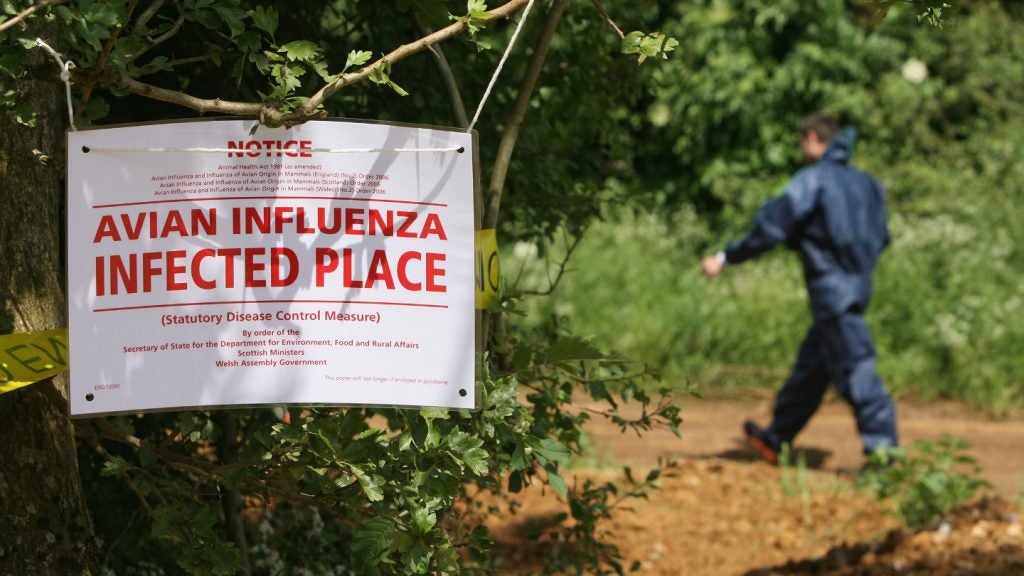According to the Centers for Disease Control and Prevention (CDC) in the US, 2.7% of surgical procedures are complicated by healthcare associated surgical site infections (SSIs), resulting in increased morbidity, hospitalisation and costs. Surgical site infections are the second most common type of adverse events affecting hospitalised patients. The prevention of surgical site infections should be one of a hospital’s key goals.
At Mercy Memorial Health Center in the US, we are always looking for ways to improve patient care. During the autumn of 2005, a product representative showed me a fairly new surgical dressing and data showing that it had greatly decreased the healthcare associated SSI rates at several facilities where it was being used. A reduction in SSIs can produce significant cost savings, since an SSI is expensive to treat. All we had to do to make our SSI prevention project worthwhile was prevent one surgical site infection.
The representative mentioned something that really sparked my interest. He said that the dressing was effective against a wide spectrum of bacteria and fungi, including Methicillin-resistant Staphylococcus aureus (MRSA), vancomycin-resistant enterococcus (VRE) and Acinetobacter baumannii. At the centre VRE and acinetobacter are not prevalent, but we have seen a gradual increase in MRSA resistance over the years, and its prevalence has really exploded in the last few years with the appearance of the community associated strain.
It is tempting to focus on a ‘bug of the month’ such as MRSA, but we must not lose sight of the fact that SSIs can be caused by a wide variety of bacteria. The new dressing looked like a better dressing, not only for surgical wounds, but for chronic wounds, such as diabetic and pressure wounds. It is designed to reduce bacterial colonisation and penetration through the gauze, but it also deploys an antimicrobial agent rather than antibiotic, so it does not add to the problem of drug resistance. The active ingredient, 0.2% polyhexamethylene biguanide (PHMB) is a derivative of chlorhexidine gluconate (CHG).
We already know how effective CHG is in skin antisepsis. PHMB binds to the bacteria’s phospholipid (outer) membrane, disrupting it and causing cytoplasm to leak out and destroy bacteria cells.
PHMB not only inhibits the growth of bacteria in dressings, it prevents the migration of bacteria through dressings, limiting cross-contamination.
How well do you really know your competitors?
Access the most comprehensive Company Profiles on the market, powered by GlobalData. Save hours of research. Gain competitive edge.

Thank you!
Your download email will arrive shortly
Not ready to buy yet? Download a free sample
We are confident about the unique quality of our Company Profiles. However, we want you to make the most beneficial decision for your business, so we offer a free sample that you can download by submitting the below form
By GlobalDataThere are always risks with new products, but the only really new feature of this product was the antimicrobial agent, which we felt was very safe.
TRIAL DILEMMA
The centre has been involved with the Surgical Infection Prevention (SIP) initiative since 2002, and it has looked at various infection control interventions, such as antibiotic prophylaxis, shaving, normothermia and glucose control. These interventions have been shown to reduce the risk of a surgical site infection. However, they occur prior to or during surgery. What interventions can be used following surgery?
Our SIP programme helped improve our surgical care, but these interventions did not bring our SSI rates down to zero. When I took over the infection control programme in 1995, our target was always to be below the NNIS/NHSN rate, and we were satisfied with that.
Now, however, there is zero benchmarking, and when you consider the fact that each case of infection is someone’s mother, father or brother, a zero rate should be our goal. We had been successful in getting our ventilator associated pneumonia (VAP) rate to zero. Maybe we could do the same with SSIs.
We do not make changes that affect patient care lightly, without thorough investigation. All product representatives claim that they have the best products that will work wonders. However, after researching the dressing as much as we could, we decided to give it a trial run.
GO AHEAD
The project was approved by the surgery department in January, 2006. In February the manufacturers representative met our material management personnel to organise a hospital-wide switch to the new product. We continued to use Kerlix rolls, Telfa pads and Curity 4x4s, but now with the AMD product in them.
The new product was just like these older products. The only differences were that it now contained an antimicrobial agent and had different coloured lettering on the package. Unless the doctor or nurse noticed the labelling, they would be unaware it was a different product. We liked the idea that we were not dealing with a change in protocol – there was one less variable to worry about.
We decided to do a centre-wide conversion so that we could be sure that the new product was being used on all of the surgical site wounds that we would be measuring. The product company agreed to put in the new product at the same price as the old product, so financially we had nothing to lose other than the time that we spent on the trial
The trial started on 1 February, 2006 for six months. We felt this would give us ample time to establish how well it worked. We collected data on our SSI incidence rates from 1 February to 31 July. Centers for Disease Control and Prevention (CDC) definitions were used.
POSITIVE RESULTS
The 2006 study covered 449 targeted procedures that we had been measuring for several years where we already had established baseline infection rates. These targeted procedures included caesarean section, colon resection, vascular surgery, abdominal hysterectomy, and hip and knee prosthesis surgery.
We compared the trial data with data from the same six months of the previous year. The baseline period included 357 targeted procedures.
The baseline period infection rate was 2.24% and the trial period infection rate was 0.45%, an 81.3% rate reduction during the trial period. We did not make it to zero, but infection rates in some targeted procedures were reduced to zero.The NNIS/NHSN rate for both periods was 2.95%. The standard infection ratio (SIR) for the baseline period was 0.76 and the SIR for the trial period was 0.14. Both figures were within the national standard.We had an annualised SSI reduction of 12 infections in the targeted procedures and 24 infections over all procedures.
The reduction in SSIs resulted in significant cost savings. Based on an estimated cost of an SSI of $25,546 (Stone, 2005), we estimated that the new dressing would save $273,173 a year on the targeted procedures and $579,725 on all procedures, after the higher cost of the product had been taken into account. All we had to do was prevent one SSI to offset the increased cost of the new product, but we greatly exceeded that goal.
SUCCESS STORY
Following the study, I was honoured to be awarded the Association for Professionals in Infection Control and Epidemiology (APIC) Blue Ribbon Abstract award at the June 2007 APIC Conference. An abstract on the trial, which I submitted to APIC, was presented at the conference.
We will continue to examine all factors that affect our surgical patients – measure antibiotic prophylaxis, normothermia, clipping instead of shaving, glucose control, surgical attire and many other factors affecting SSI rates – with the aim of eliminating the adverse events that cause serious harm. Our clean surgical site rate target is now zero throughout the entire Sisters of Mercy health system.
While many factors affect SSI rates, the antimicrobial dressing was very successful for us in reducing them. We have recorded our SSIs since the end of the trial, and we are still at least 50% below where we were before the trial. Some procedures now have a zero rate of SSIs. We are very glad that we trialled the new product and continue to use it. We feel that by using this dressing, we offer much better wound care to our patients.







